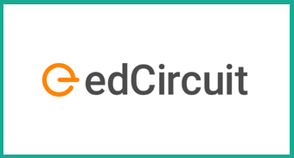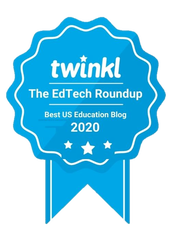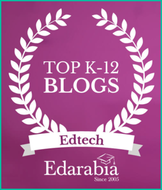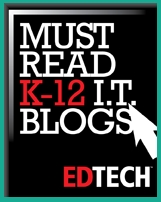
With the new year upon us, challenges persist, but before barreling further ahead with temporary fixes it’s an important moment to stop and ask: What have we learned?
What if we could learn the real lesson and genuinely evolve with an eye toward long-term success?
True online education is nothing like the crisis schooling we are still managing in many areas across the U.S. For a start, digital learning is not a substitution for the physical kind. The illusion that digitization merely replaces the analog world is alive throughout our society, but digital experience is by its nature different―and should be complementary to―physical reality. Education as a process of shared discovery can be delivered physically and digitally – that either/or is really a both.
We now need to look beyond the politics of reopening to the long-term challenge of education in a disrupted universe – when cyclical upheavals segue into structural volatility. What if educational systems at primary and secondary levels were to experience a second lockdown, or a third? How does our emergency response evolve into a resilient strategy, not just capable of sustaining operation but actually thriving – becoming what thinker Nassim Nicholas Taleb terms ‘antifragile’?
For the last five years I have led the Future of School charity, a nationwide collaboration to visualize and embed the next education model at K-12 and beyond. What I’ve learned most of all is that education itself is almost always taken for granted as an industrial exercise involving the teaching of large numbers. The essential tenets of education – a teacher, a classroom, multiple students – have remained unchanged for centuries, indeed for millennia. But now in the 21st Century we have finally entered an era when mass customization is possible.
What would a system of mass customization in K-12 look like?
For a start, it would neither be defined by being necessarily analog nor digital, but rather in being resilient, intentional and personalized. By having built-in digital capabilities, the educational experience would be more resilient to disruption of routines. An embrace of technology in the physical classroom will be designed clearly with the objective of making learning more immersive. And digital natives would enjoy the same fluency across physical and virtual environments they already experience in their private lives, personalizing and aligning learning to their authentic engagement with the world. The use of technology is essential in each of these phases, but only because it has a clearly defined purpose.
Teachers, currently challenged by immediate and massive demands to adapt, would be enabled to navigate and master the necessary platforms and devices. “Command and Control” as the default impulse of industrial education would become “Empower and Enable.” Young people could exercise choice over more of their education, and acquire the agency and initiative demanded in tomorrow’s world of work.
The pandemic has exposed the broader populace to persistent inequity in our educational system and placed special pressures on students with disabilities and those lacking reliable digital access. Technology has a key role to play here, too, as a tool of enablement and empowerment. A Greek word meaning simply “way,” technology is never an end in itself – but a means to a more human and humane educational system.
Even without a renewed crisis this fall or winter, high summer is the time to take stock and prepare a much more strategic attitude to learning.
The relationship between pupils, teachers and parents has been disrupted and dynamically recast. To avoid long-term damage and the dysfunction of semi-permanent crisis management, we should look beyond the false debate of “Traditional vs. Tech” to explore the ways in which both can be blended to maximum benefit in each school and every district. Just as digitization in enterprise leads to new services which enrich the real world, so too digital learning can help reinvent the primal experience of classroom education.
Education is serious work undertaken by professionals with an attitude of service and underappreciated expertise. Rather than allowing it to become a political plaything, we must enlist a deep and diverse coalition to look toward a richer perspective where systemic resilience leads to more flexible outcomes. Such outcomes are not only to be measured in terms of attendance, inclusion and graduation but in terms of preparedness for the future.
As we leave behind the industrial and knowledge economy, we are moving ever deeper into an economy of attention, data and IP – one where knowing the right answers is replaced by asking better questions. The K-12 system we have witnessed in crisis mode was designed for the age of mechanization and factories. The new system we need for the Twenties of this millennium must mirror an era of automation and ideas.
Just as technē is a Greek word, so too is crisis. But that meaning has nothing to do with difficulty as such. The original meaning is decision. A crisis is simply a decision, a moment when you must act, when deferral is no longer possible. In March we decided to shut down the physical world of education, but we deferred the real world of digital education for a temporary one of crisis schooling. Before this phase recurs―and becomes the new “norm”―we should make the collective, brave decision to embrace purposeful technology use as we reimagine the future of school in our country.
Amy Valentine is the Chief Executive Officer and Education Evangelist of Future of School, a national public charity designed to support the growth of innovative school models integrating blended and online learning. Prior to guiding Future of School's incubation and launch, Amy managed a portfolio of Colorado schools where she led academic and operational turnaround strategy. She also previously served as executive director for a network of Nobel Learning Communities schools in California.
This article was previously published by edCircuit












